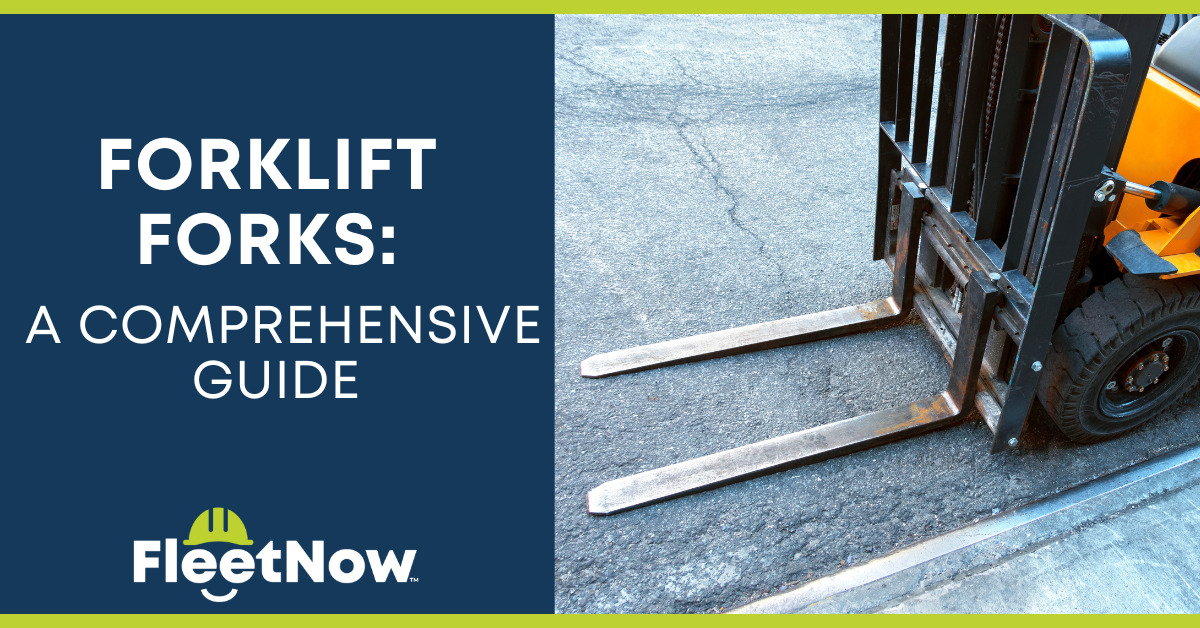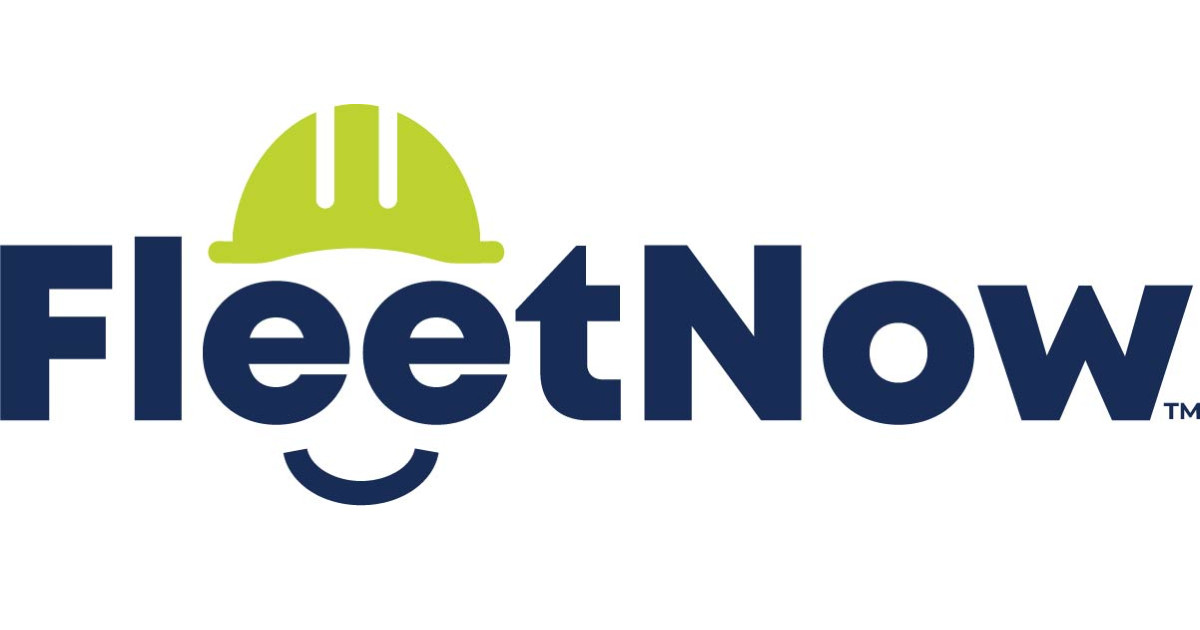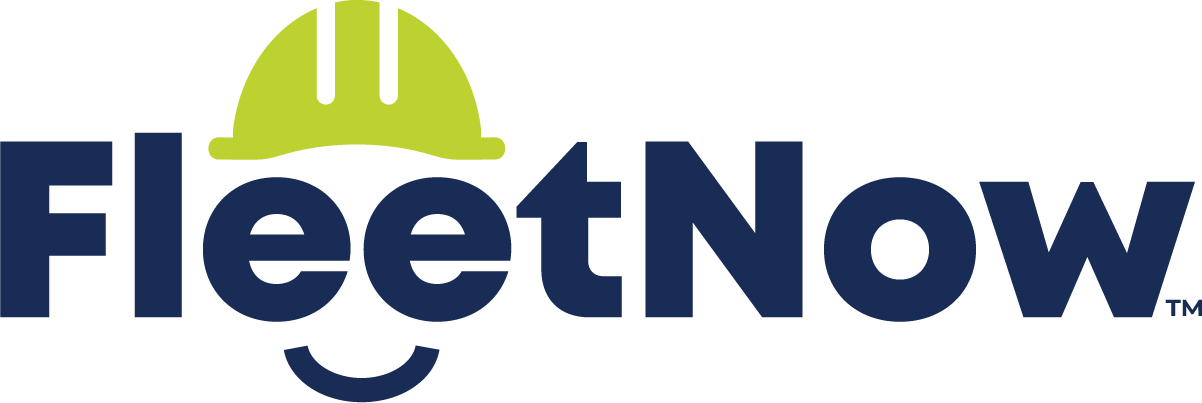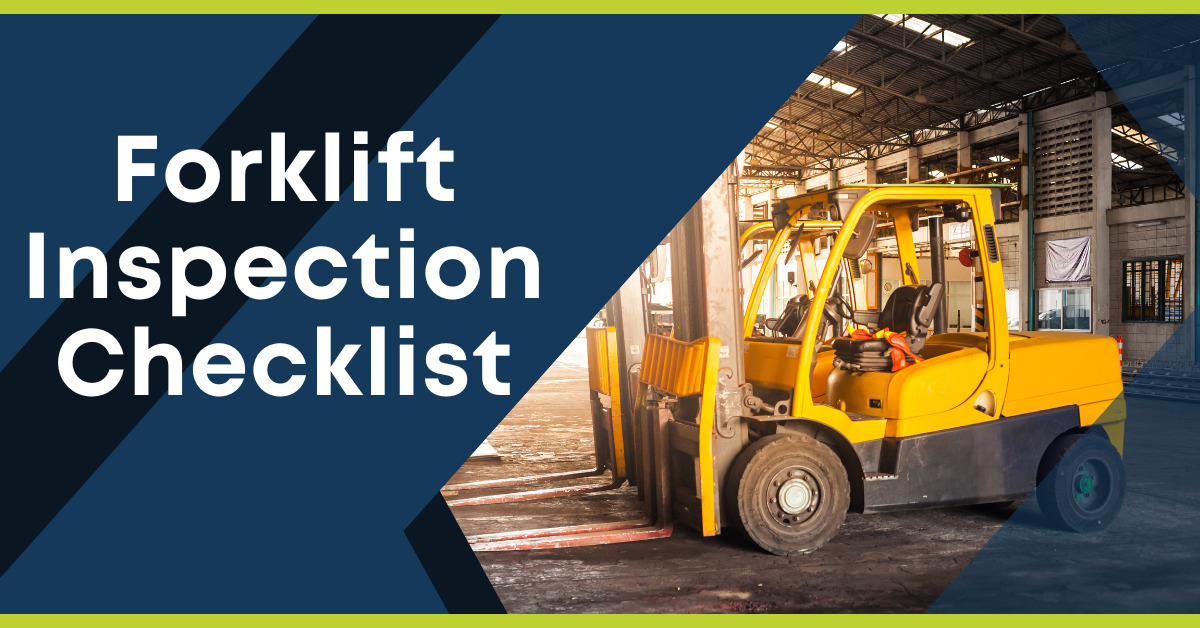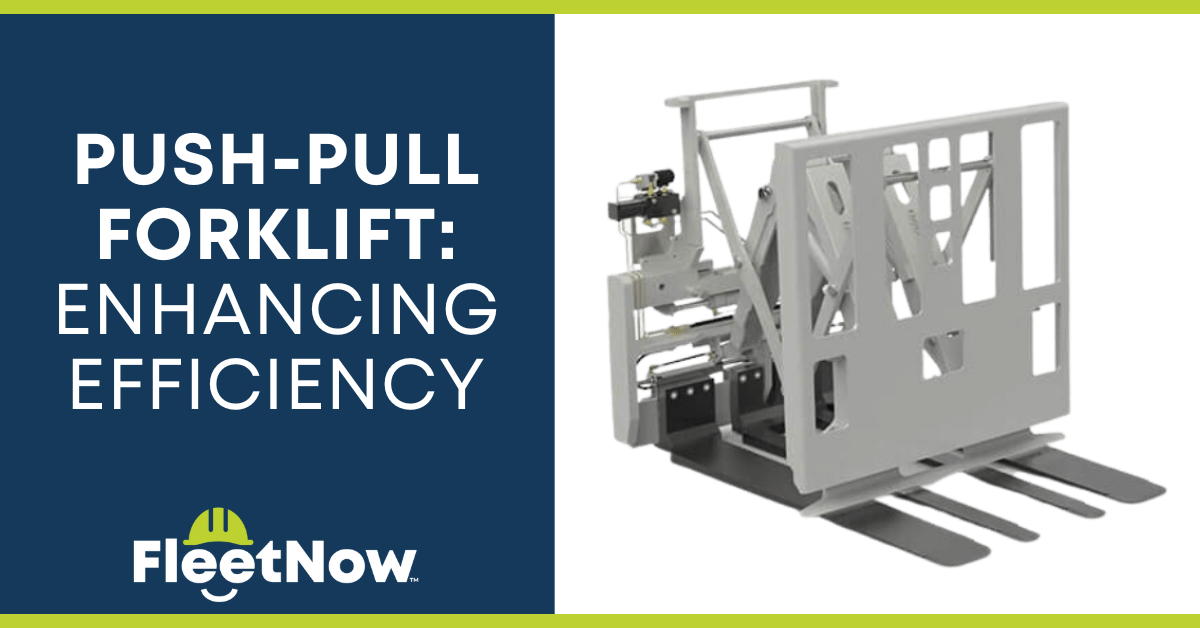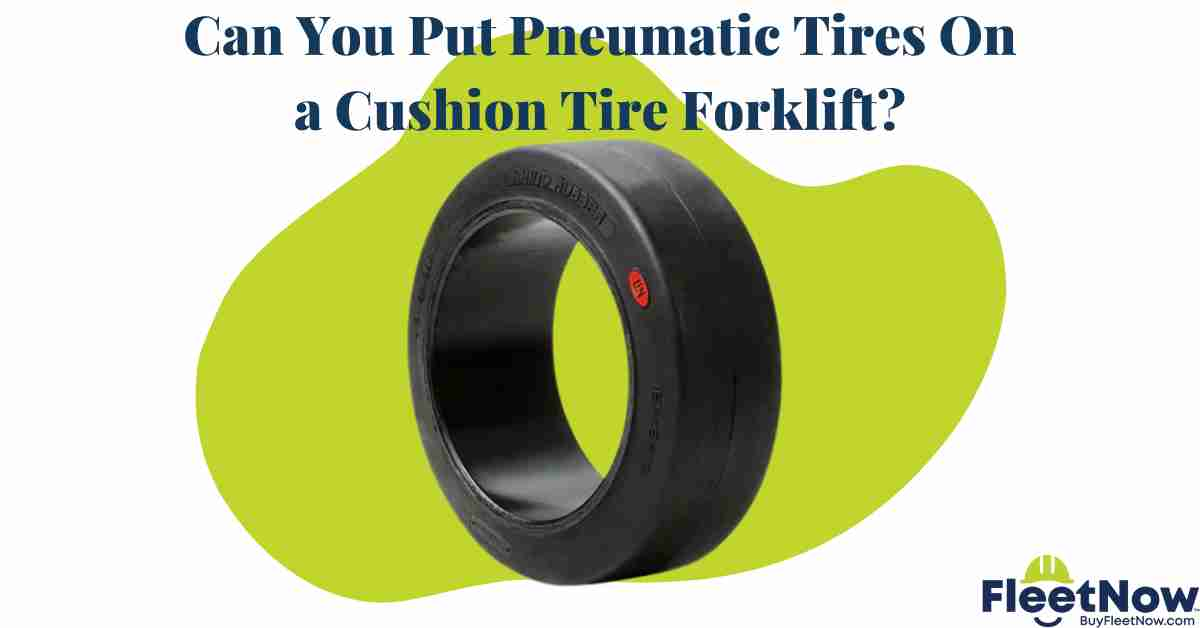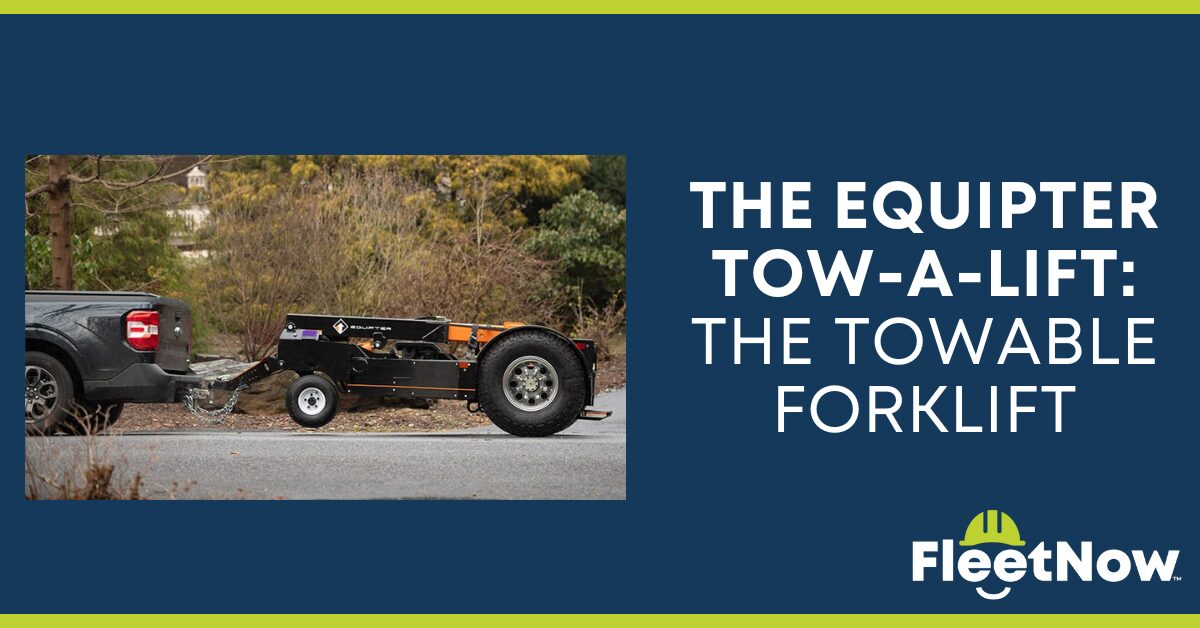Forklift Forks: A Comprehensive Guide
Forklifts power the movement of goods and materials in warehouses, factories, and construction sites around the world. While we often think about the impressive lifting capabilities and intricate mechanics of these machines, there’s one crucial component that often goes unnoticed but plays a pivotal role in their functionality – forklift forks. These seemingly simple yet highly specialized steel arms are the workhorses behind the scenes, lifting and transporting heavy loads with precision and efficiency.
What Are Forklift Forks?
Forklift forks are an essential component of a forklift or lift truck, designed to lift and transport heavy loads. They are the two parallel, horizontal, and elongated arms that extend from the front of a forklift. Forklift forks are responsible for engaging with pallets or other load-bearing surfaces, allowing the forklift to lift, carry, and transport goods within a warehouse, construction site, or other material handling environments.
Types of Forklift Forks
There are several types of forklift forks available, each designed for specific applications and load-handling requirements. The choice of forklift forks depends on factors like the type of load being handled, load capacity, and the environment in which the forklift is used. Here are some common types of forklift forks:
- Standard forks: Have a straight, rectangular shape and come in various lengths and thicknesses, versatile and suitable for a wide range of general material handling tasks
- Pallet forks: Designed for handling palletized loads, often have a tapered tip for easy pallet entry and exit
- Fork extensions: Can be added to standard forks to increase their length, used for handling longer or oversized loads that extend beyond the length of the standard forks
- Telescopic forks: Adjustable in length, allowing them to handle a variety of load sizes
Industry Applications
Forklift forks find indispensable applications across a wide spectrum of industries, revolutionizing material handling processes and enhancing operational efficiency. In warehousing and distribution, forklift forks enable the seamless movement of palletized goods, ensuring swift loading and unloading of trucks and optimizing storage within warehouses. In the construction industry, these forks enable the lifting and placement of heavy building materials with precision, expediting project timelines. Agriculture benefits from forklift forks when handling bulky bales of hay or transporting produce, streamlining farm operations. In manufacturing, the forks are instrumental in moving raw materials and finished products, facilitating lean and efficient production processes. Forklift forks also find applications in specialized industries like mining, recycling, and shipping, showcasing their adaptability and versatility.
How Do I Find the Right Forklift Fork?
Determining the correct fork size for your forklift is crucial for safe and efficient material handling. The appropriate fork size depends on several factors, including the type of forklift, the loads you handle, and the specific requirements of your operation.
Steps to help you determine the right fork size:
Regulations & Compliance
Forklift operators are obligated to conduct daily inspections of the forks, looking for any signs of damage or wear that could compromise their safety. Additionally, OSHA mandates that forklift forks be marked with their capacity and other essential information, ensuring operators are well-informed about the equipment they are using. Proper training and certification of forklift operators are emphasized, with strict rules in place to maintain control of the forklift, handle loads safely, and operate within the specified load capacity.
OSHA states, “Fork extensions and other attachments shall be secured so that they cannot be accidentally dislodged and shall be used only in accordance with the manufacturer’s recommendations.” By adhering to OSHA’s forklift fork guidelines, employers and operators play a crucial role in creating a safer work environment and preventing accidents associated with forklift use.
- Warehousing & Distribution Centers
- Manufacturing
- Food & Beverage Industry
- Automotive Industry
- Pharmaceuticals & Healthcare
- Retail & E-Commerce
Maintenance & Inspections
Routine maintenance and inspections are important for safe and reliable use of your forklift. Using an inspection app, or forklift inspection checklist, provides a systematic approach to assess the condition of your vehicle before each ride. Check out our Forklift Inspection Checklist.
Safety Best Practices
Safety is paramount when operating forklifts and using forklift forks. Following best practices can help prevent accidents and ensure a safe working environment. Here are some safety best practices when using a forklift fork:
- Operator Training: Ensure that all forklift operators are properly trained and certified. Training should cover both forklift operation and safe forklift fork usage.
- Pre-Shift Inspection: Conduct a thorough pre-shift inspection of the forklift, including the forks. Check for any signs of damage, wear, or defects. If forks are damaged or worn, they should be replaced or repaired before use.
- Load Capacity: Know the forklift’s load capacity and adhere to it strictly. Overloading the forks can lead to instability and accidents.
- Proper Load Placement: Ensure that loads are evenly distributed on the forks and properly positioned. Center the load on the forks to maintain stability.
- Secure the Load: Use appropriate load-handling attachments, such as load binders or straps, to secure the load on the forks. This prevents loads from shifting during transport.
Where Can I Find Forklift Forks For Sale?
Forklift forks can be found through online marketplaces, like FleetNow, heavy equipment dealers, like ACE Attachments, or local dealers, which can often be found through manufacturer’s websites. Well-known manufacturers of forklift attachments is Blue Diamond Attachments and Cascade.
Learn more about Blue Diamond Attachments in our blog post titled “Blue Diamond Attachments: Reviews, Models & Where to Buy.”
Frequently Asked Questions (FAQs)
What are forklift forks used for?
Forklift forks are used for lifting and transporting heavy loads. They are an essential component of forklifts and are used in various industries to handle palletized goods, construction materials, and more.
Can I replace damaged or worn forklift forks myself?
Forklift forks should only be replaced or repaired by trained professionals to ensure they meet safety standards. Attempting to replace or repair forks without proper expertise can lead to safety hazards.
How often should I inspect forklift forks?
Forklift forks should be inspected before each shift as part of the pre-operational check. Additionally, regular visual inspections should be conducted, and any damage or wear should be addressed immediately.
Who makes forks for forklifts?
Cascade is a manufacturer that makes forks for lift trucks of all makes, models and sizes. As a leader in the industry, Cascade is a highly recommended brand.

